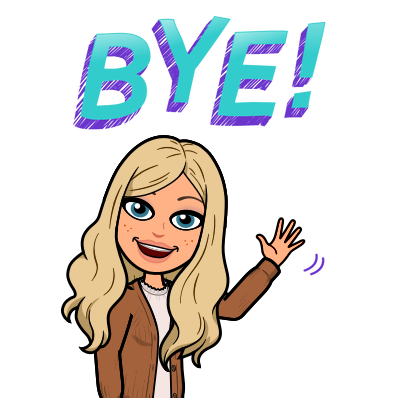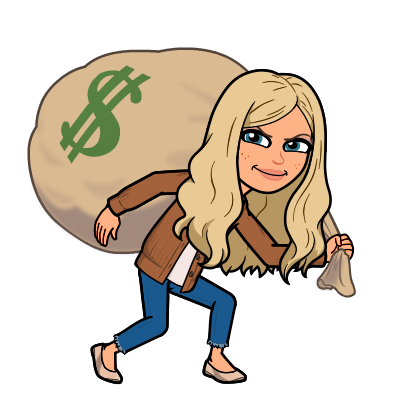Geography is a very important topic to teach to students. While learning geography, students will learn about the surface of earth and physical and humans systems. Students will learn how people, places and events are placed and arranged by using their critical thinking skills. It is believed that students need Geo- literacy in order to make decisions that could affect where we live and will happen later on in the future.
Geo-literacy is the skills and understanding necessary to make these decisions. There are 3 things that make up Geo-literacy. Geo-literacy consists of learning about both human and natural systems, the reasoning of geography and decision making.
When we are teaching geography we have to make sure that our students are understanding how our world operates, how it is connected and how they should make good decisions.
Themes within Geography!
movement
regions
location
place
Both human and environment how they interact.
There are many informal strategies that teachers can use to teach geography! One example is that on the first day of school, teachers can design a board in their classroom where students within the classroom can place a post it note on where they live! When you are designing the board, you should make the background of the board, where they live! Another example is having a treasure hunt puzzle! Within the treasure hunt puzzle, you can incorporate geography questions possibly relating to capitals.
When starting to teach geography to primary students, the first step should be to talk about places near them and that they are knowledgeable of. Some examples are; schools, homes and neighborhoods.
Some fun ways of teaching geography include; songs maps, art,picture books, and virtual field trips!






